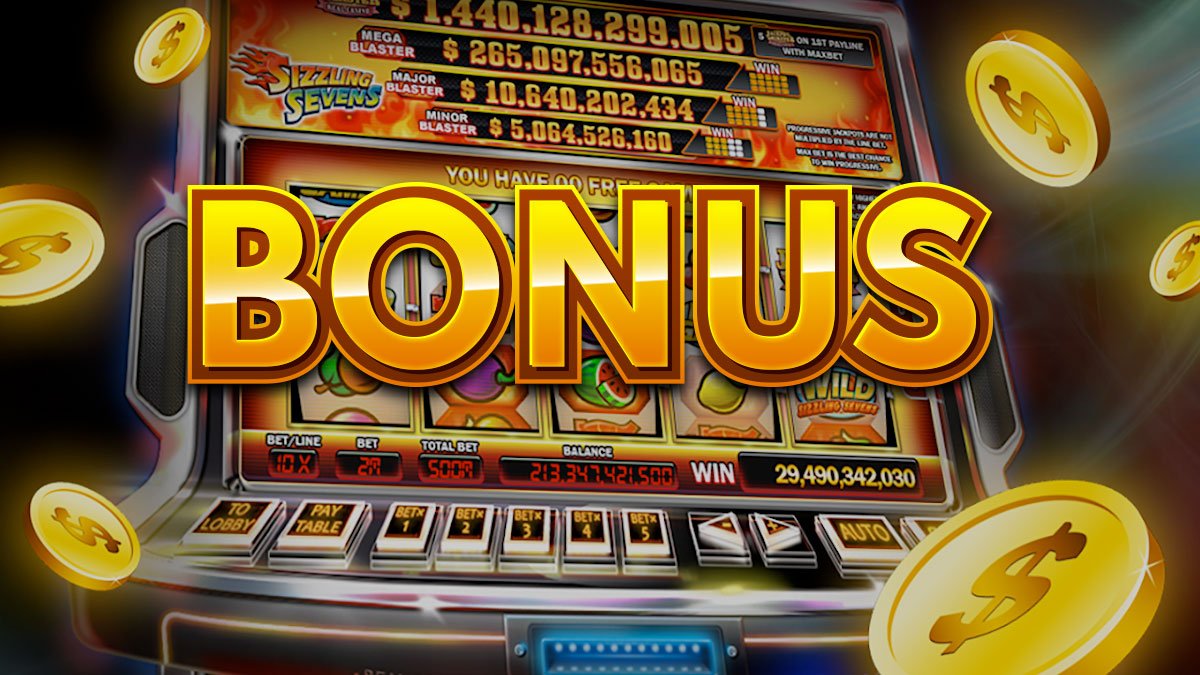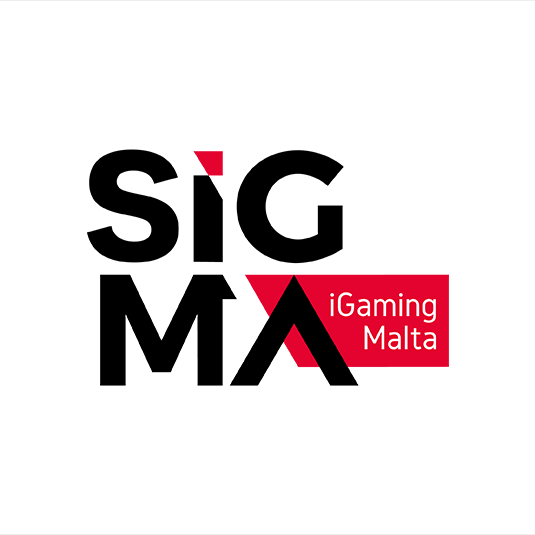As noted in my previous article on game selection criteria, the discovery of saturation and how it impacts slot revenue is an important component of analysis when determining the proper mix of machines on your slot floor. This month let’s look deeper into the process of saturation analysis.
Saturation studies can improve slot performance when reviewed on a regular basis or negatively impact slot department performance when ignored. Saturation covers nearly all aspects of the casino floor, weighing heavily on manufacturer, denomination and cabinet style. For an existing casino that has historical records providing measurable results to review, saturation analysis is considerably easier, but it must also be considered during the planning for a brand-new slot floor. And even though it may seem like you’re evaluating performance in an apple vs. apple world, the saturation analysis process may take several twists and turns.
Saturation Analysis
Within the manufacturer saturation analysis, the processes of breaking down components such as denomination, video, reel, hold percent and cabinet play important roles. As we explore the value of one manufacturer versus another, the results of the saturation analysis require a definitive answer. Discussing definitive in the slot/electronic gaming device world requires an extensive valuation of the product being reviewed. For example: As an existing casino improves its revenue for a specific denomination, changes are made to the casino floor that target that specific denomination in an effort to increase the revenue stream. Yet when the casino floor has a large number of operating devices, the daily results are often minimal and unnoticed in a short window of time.
How does a slot director recognize the effects of such changes when variables such as jackpots and fills have a direct impact on the operating performance of the casino? The answer can be found in the weighted theoretical (expected) revenue vs. actual revenue when analyzing performance. Through the evaluation of expected revenue vs. actual revenue, a slot director can quickly determine the impact of physical changes to the casino floor.
This gets us back to our evaluation of saturation and the utilization of weighted or expected hold percentages when reviewing manufacturer performance, and what value the gaming devices will play on the casino floor.
As we continue to discuss the manufacturers’ mix of products, we will begin to question revenue-per-manufacturer as the primary support for future acquisition. Supporting the ROI (return on investment) for future machine purchases involves extensive valuation of current products that may be outdated, requiring fresh new product to support projected revenue. Realizing this is a normal practice in supporting capital request for new equipment, slot directors prepare analysis of the current product on the casino floor, detailing historical earnings of their current mix of equipment. Too often, however, the saturation equation fails to enter into the document.
Let’s assume, for example, your casino has 10 penny machines from Manufacturer XYZ that generate double the house average. With a house average of $100, the 10 penny machines generate $200 per day, and your customers fill these machines everyday. The casino decides to blindly (with no analysis) add 30 more of these machines to the casino floor with an expectation of achieving the same W/D/M (win per day per machine) of $200. The cost of the equipment is invoiced at an average of $15,000 per device, or $450,000 for the total sum of the purchase, excluding sales tax. With an expected daily improvement of $100 per device per day, the casino expects to obtain its ROI within 150 days. Upon delivery of the new devices and subsequent installation on the casino floor, the new devices reflect a daily increase of $20 instead of the projected $100. With such a lackluster result, future acquisitions are placed on hold.
After a careful review of the operating results for those new machines, the slot department realizes that it over-saturated the product by growing it too fast; there was not a sufficient number of casino patrons to play on the increased number of devices. During the review process, it was determined that the popularity of the original 10 devices was based on the frequency of jackpots through condensed play on the original machines, which drove increased customer activity. Once the additional 30 devices were installed, the amount of play equally distributed among the 40 gaming devices fell much lower than expected, causing the time frame between jackpots to expand from an average of once per day to once per week. With less frequent jackpots, the popularity of the original 10 devices declined; the customers’ interpretation was that the casino must have tightened up those machines due to the high number of jackpots. This is just one form of over-saturation that can happen when you move quickly to capitalize on a perceived growth potential without understanding the ramifications of change.
Game Mix for New Casinos
Thanks to their historical data, established casinos have a leg up over casinos in the construction phase when it comes to determining the appropriate mix of machines for the slot floor. How does a new casino with no historical data plan its machine mix with manufacturers, denominations, cabinets and so on? External sources of information will help the future operator make sound business decisions related to new and used game acquisitions.
Many gaming jurisdictions (through regulatory or taxing authorities) provide financial information on a monthly, quarterly and yearly basis. The Nevada Gaming Commission and State Gaming Control Board, for example, posts abstract revenue information related to gaming locations in the state on its website. The information is available for public viewing and can be located at http://gaming.nv.gov/publications.htm. From the wide selection of publications available, a new operator would be able to determine, for example, the average number of each denomination in play for one, two or three prior months of operations using the Gaming Revenue Report, which provides revenue information for non-restricted gaming activity.
Other related documents that assist new operations currently available for public viewing are:
- A detailed report of all non-restricted and restricted locations
• Information related to the ownership of each licensed facility
• Tax collection data with a year-over-year comparison
• A list of approved gaming device distributors and manufacturers
• An annual list of non-restricted locations reflecting the square footage allotted to specific types of gaming activities at each location (Non-Restricted Square Footage Report)
There are many more publications available on the Nevada Gaming CommissionsÕ website. When given the opportunity and time, it is a good resource for evaluating the gaming structure of competitive casinos. Once fully analyzed, this type of external data will help reinforce your purchasing decisions.
It is best to use as much historical data as can be gathered to support trends within various denominations, but sometimes even the data can be misleading. For example, as manufacturers continue to focus attention on the penny market, trends in the higher denominations, such as nickel, quarter and dollar, may appear to show signs of decline and weakening value; however, this may only be a surface appearance, as many of the new multi-denomination gaming devices include those denominations and are reported in financial documents as multi-denomination.













2 responses on "Slot Game Selection Criteria (Part 2)"
Hi! I’ve been following your web site for a while now and finally got the courage to go ahead and give you a shout out from Kingwood Tx! Just wanted to mention keep up the fantastic work!
Thank you very much. There will be new features coming soon, like supplier and consultant listings, active forum and if all goes well, we will start offering courses on different fields of gaming education at around September. Thank you for reading us.
Feel free to invite your colleagues and industry friends.